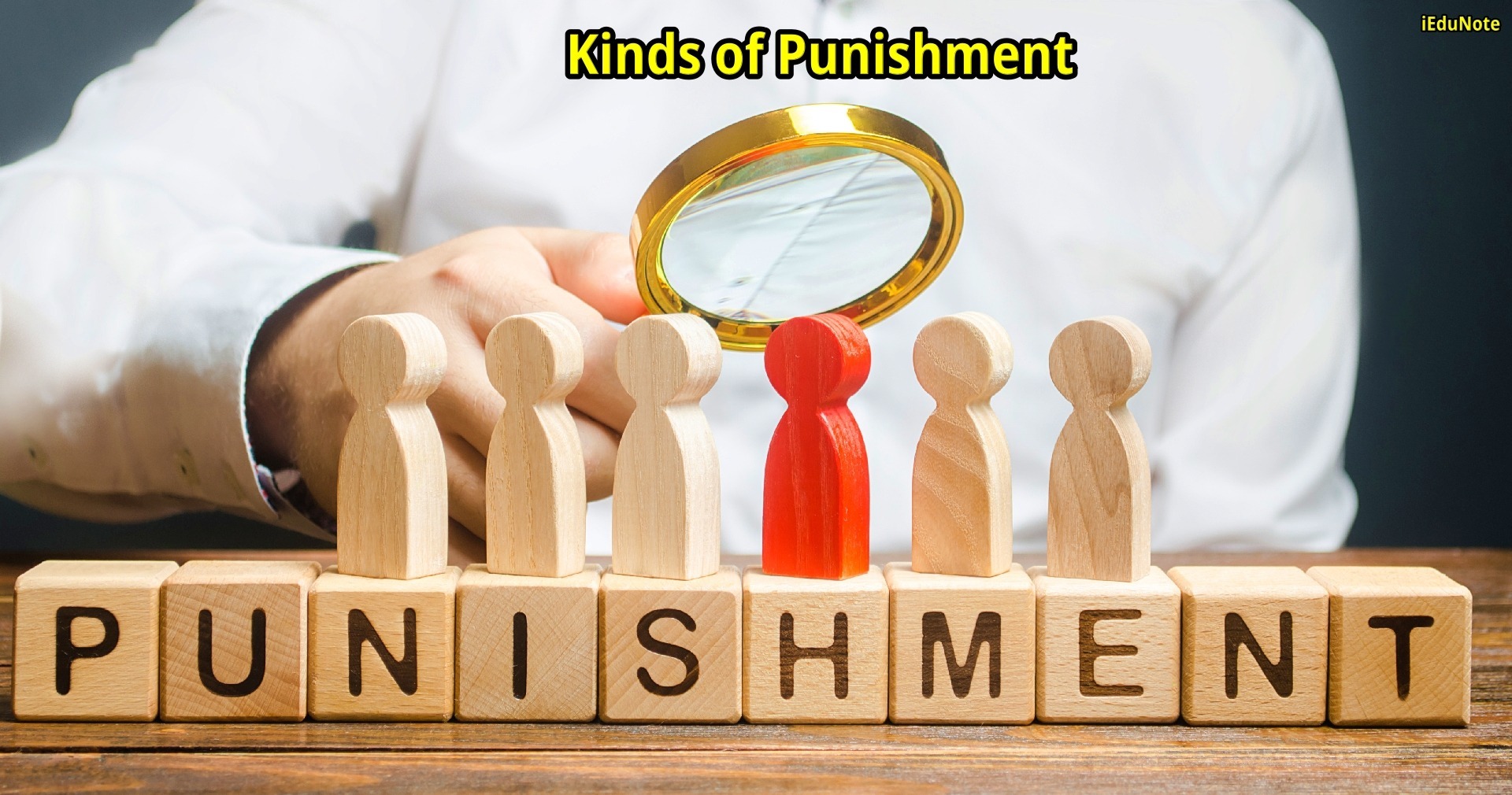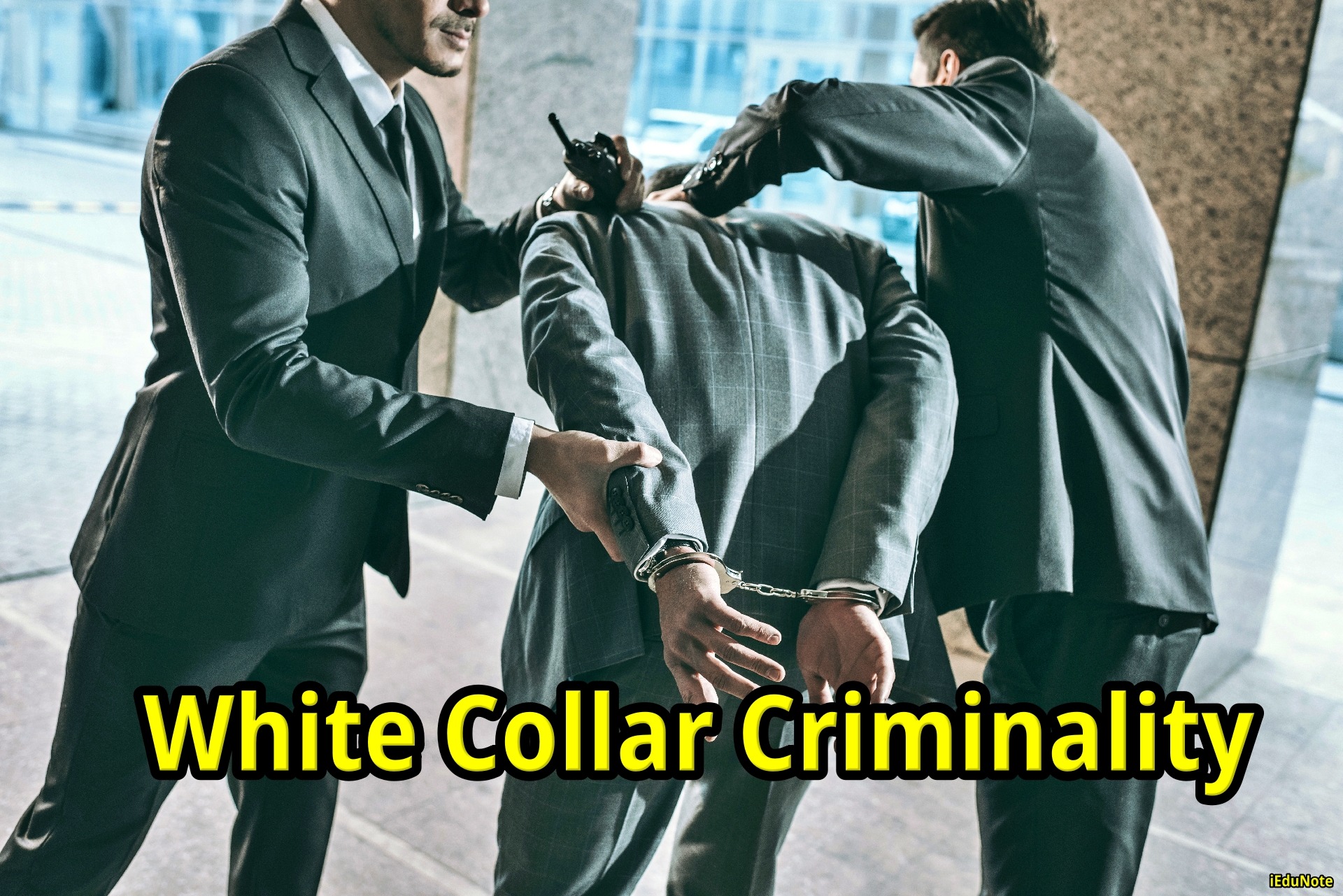The insanity defense is a strong defense under which many defendants claim immunity from criminal responsibility. Under the M’Naghten rule, whether a defendant was insane when the crime was committed is tested.
Learn Insanity Defense.
This test arose from the celebrated case of Daniel M’Naghten, who was murdered in 1843. M’Naghten was under the delusion that Prime Minister Robert Peel of Great Britain was persecuting him, so he intended to kill Robert Peel.
However, thinking that Edward Drummond was Robert Peel, he shot Drummond. M’Naghten put forward an insanity defense at his trial and argued that he killed Drummond because of his delusion and should be exonerated from criminal responsibility.
Because of insanity, he was found not guilty. Most U.S. jurisdictions adopted the M’Naghten rule.
According to the rule, mental disability must produce one of two conditions as a defense for its validity. The accused must have suffered either i) from a defect of reason or ii) from a disease of the mind, because of which he failed to appreciate the nature and quality of the criminal act during its commission.
The Case of John W. Hinckley Jr.
This insanity defense was successfully applied in the case of John W. Hinckley Jr. He attempted to assassinate President Ronald Reagan on March 30, 1980. He opened fire at the President and his party, wounding the President, his press secretary, James Brady, and a security officer.
At the trial, Hinckley’s attorneys claimed that he was not guilty by reason of insanity. The court ordered extensive psychiatric testing of Hinckley, which took approximately four months. The trial began nearly 14 months after the shooting.
According to defense psychiatrists, “Hinckley was psychotic, consumed by paradoxical thoughts, depressed, had hypochondriacal tendencies, hated himself, suffered from a schizophrenia spectrum disorder, had an abnormal thought process, thought of himself as a little boy who had done something terrible, and was torn between childish love and dependence on his father and subconscious fantasies about killing him.”
The prosecution attorneys argued that Hinckley was rational when he shot the President. They highlighted that during the months of planning, he intended to attract the attention of Jodie Foster, an actress with whom he had become obsessed.
The defense attorney reviewed Hinckley’s life from childhood to adulthood and tried to convince the jury that Hinckley was suffering from delusions.
He thought that by shooting the President, he would draw the attention of an actress. After deliberation of 25 hours over four days, the jury found Hinckley not guilty by reason of insanity.
Other Tests for Insanity
Some states in the U.S. use the irresistible impulse test in addition to the M’Naghten test. If a defendant becomes incapable of choosing between right and wrong because of a mental disease, even though he can recognize the difference, he can use the irresistible impulse test.
This is called temporary insanity, which renders the defendant incapable of controlling his/her behavior. The Durham rule is the third insanity test, but it was never widely adopted. The test arose in 1954 in Durham V. United States but was abandoned in 1972 in United States V. Brawner.
In its place, the court adopted the substantial capacity test or the A. L. I. rule, named after the American Law Institute, which proposes model laws. This test determines the substantial capacity of the defendant to understand the criminality of his or her conduct.
The Rarity and Controversy of the Insanity Plea
In the U.S., less than 1 percent of felony defendants plead insanity, and only one in four of those becomes successful in getting a verdict of not guilty by reason of insanity. Thus, the insanity plea is successful in very few cases.
Still, when it is used in a highly publicized case, people become outraged as it permits notorious criminals to go free.
However, a small percentage of persons found not guilty by reason of insanity are not released from custody. They are incarcerated in mental hospitals. People feel that a long prison term is needed to protect society from such persons.
Supreme Court Ruling on Confinement of the Insane
In 1992, the U.S. Supreme Court specified the time as to how long an acquittal can be held in confinement. A Louisiana statute permitted that a person found not guilty by reason of insanity could be confined beyond the time when that person was no longer insane.
The Supreme Court held that the Louisiana statute violated the due process clause of the Fourteenth Amendment. The Court said that a person cannot be confined after he or she has gained sanity.
Alternatives to the Insanity Defense
There are a number of alternatives to the insanity defense. One such defense was adopted in 1975 by a Michigan statute and became a model for other states. The Michigan Supreme Court upheld the statute in 1985. The statute provides for a defense of guilty but mentally ill.
Understanding the Guilty but Mentally Ill Verdict
Insanity and mental illness are two distinct concepts under the Michigan statute. “To return a verdict of guilty but mentally ill, the jury must find
- that the defendant is guilty of the offense charged, and
- that the defendant was mentally ill when the offense was committed, but
- that the defendant was not insane at the time of the offense.”
Sentencing and Treatment Under the Guilty but Mentally Ill Defense
The court has the authority to award any sentence that could be imposed on a defendant found guilty of the same offense. The offender should be given psychiatric treatment provided that he completes treatment before the end of the specified sentence.
After the completion of the sentence, if the offender requires further treatment, a civil commitment procedure must be followed.
Unique Defense Claims: Fetal Alcohol Syndrome and PTSD
In 1995, a Utah killer claimed that he killed his grandmother because of fetal alcohol syndrome (FAS). The judge was not convinced and sentenced him to twenty-seven years in prison without the possibility of parole. A Louisiana killer who used the defense was sentenced to death.
Vietnam veterans raised the defense of posttraumatic stress disorder (PTSD), a debilitating brain dysfunction first recognized around 1980. They argued that they suffered nightmares, flashbacks, depression, and survivor guilt.
Veterans afflicted with PTSD may lose their normalcy and believe that they are back in the jungles of Vietnam. Believing that Viet Cong or North Vietnamese enemies surround them, the veterans protect themselves by shooting, attacking, and injuring the people around them.
PTSD Defense in Court
These flashbacks, as the defense lawyers argued, are so severe that the veterans should not be held responsible for their acts, and they cannot distinguish right from wrong. The veterans, accused of murder, robberies, and violations of drug laws, were acquitted because of the defense.

